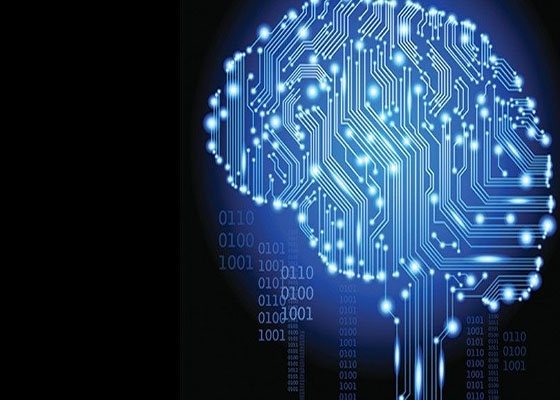Now, some of the world’s largest tech companies are taking a cue from biology as they respond to these growing demands. They are rethinking the very nature of computers and are building machines that look more like the human brain, where a central brain stem oversees the nervous system and offloads particular tasks — like hearing and seeing — to the surrounding cortex.
After years of stagnation, the computer is evolving again, and this behind-the-scenes migration to a new kind of machine will have broad and lasting implications. It will allow work on artificially intelligent systems to accelerate, so the dream of machines that can navigate the physical world by themselves can one day come true.
This migration could also diminish the power of Intel, the longtime giant of chip design and manufacturing, and fundamentally remake the $335 billion a year semiconductor industry that sits at the heart of all things tech, from the data centers that drive the internet to your iPhone to the virtual reality headsets and flying drones of tomorrow.



